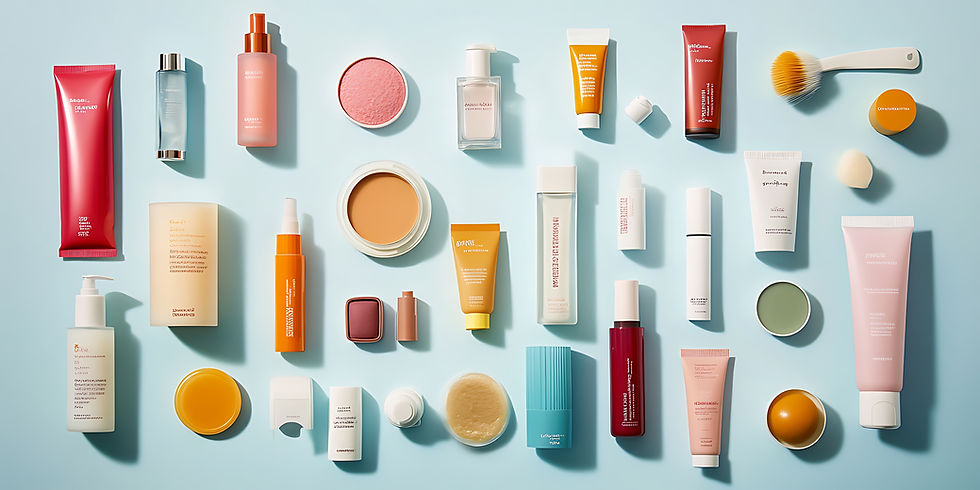How to Design the Perfect Product Sampling Campaign
- alexsetten
- Feb 5
- 3 min read
Updated: Apr 29

Product sampling campaigns can be a powerful tool for creating brand awareness, building trust, and driving customer engagement. However, to truly stand out, these campaigns must be thoughtfully designed and executed. Here’s a step-by-step guide to help brands strategise their product sampling efforts effectively.
Step 1: Define Your Objectives and Key Performance Indicators (KPIs)
Before diving into the logistics of your sampling campaign, it’s crucial to establish clear objectives. Are you looking to increase product/brand awareness? Generate leads? Drive sales? Once your goals are set, identify the KPIs that will help measure success. These might include metrics like redemption rates, social media engagement, customer feedback, or sales conversions.
Step 2: Identify Your Target Demographic
A successful product sampling campaign hinges on knowing your audience. Who are the ideal users of your product? Consider factors like age, gender, location, lifestyle, and purchasing habits. The more precise you are, the better you can tailor your sampling strategy to resonate with your target demographic.
Step 3: Ensure Product Suitability
Not all products are ideal candidates for sampling. Assess whether your product is easy to distribute and consume in small quantities. For instance, consumables, beauty products, and small gadgets often perform well in sampling campaigns. Ensure that the sampled product is representative of its full-sized counterpart in quality and experience.
Step 4: Craft a Strong Marketing Strategy
Product sampling works best when integrated into a larger marketing strategy. Use the campaign to complement existing efforts, such as digital advertising, social media outreach, or email marketing. Include clear calls to action (CTAs) that encourage participants to share feedback, post reviews, or make a purchase.
Step 5: Choose the Right Distribution Channels
The way you deliver samples can significantly impact the success of your campaign. Popular methods include:
In-store sampling: Engaging consumers directly at retail locations.
Direct mail: Sending samples to a curated list of recipients.
Event sampling: Distributing samples at relevant industry events or trade shows.
Digital sampling: Partnering with online platforms to reach a broader audience.
Evaluate which channels align best with your target demographic and objectives.
Step 6: Leverage Feedback and Social Proof
Encourage recipients to provide feedback and share their experiences online. Using our questionnaire, brands can get feedback directly from consumers, gaining valuable insights into their preferences and experiences. This not only helps you gauge the campaign’s effectiveness but also generates authentic social proof, enhancing your product’s credibility. Consider incentivizing reviews with discounts or exclusive offers.
Step 7: Measure and Analyse Campaign Performance
Post-campaign analysis is essential to understand what worked and what didn’t. Examine your KPIs to determine the campaign’s ROI. Did it boost product/brand awareness? Did sales or web traffic increase? Use these insights to refine future campaigns and optimise your sampling efforts.
Step 8: Scale Strategically
If your campaign proves successful, consider scaling it up. This might involve targeting a broader audience, introducing additional distribution channels, or increasing sample quantities. Always ensure that scaling aligns with your overall marketing strategy and budget.
A well-designed product sampling campaign can be a game-changer for your brand. By understanding your target demographic, setting clear KPIs, ensuring product suitability, and integrating your efforts into a broader marketing strategy, you can maximise the impact of your campaign. Remember, the key is to create an experience that not only introduces consumers to your product but also builds a lasting connection.
Ready to get started? Partner with Slice Agency to design and execute your next product sampling campaign.




Comments